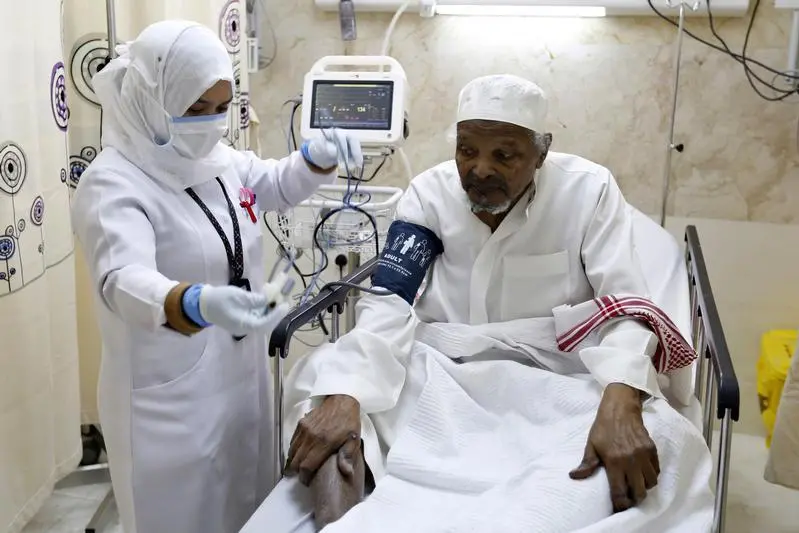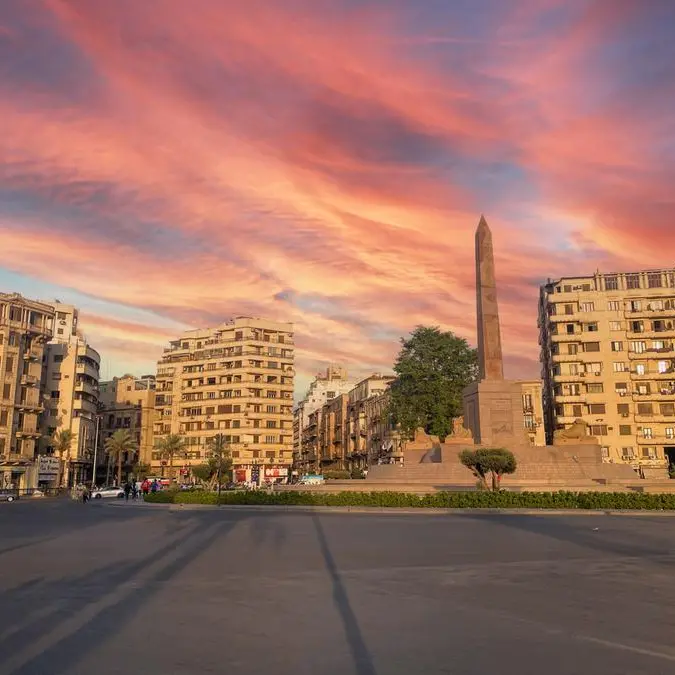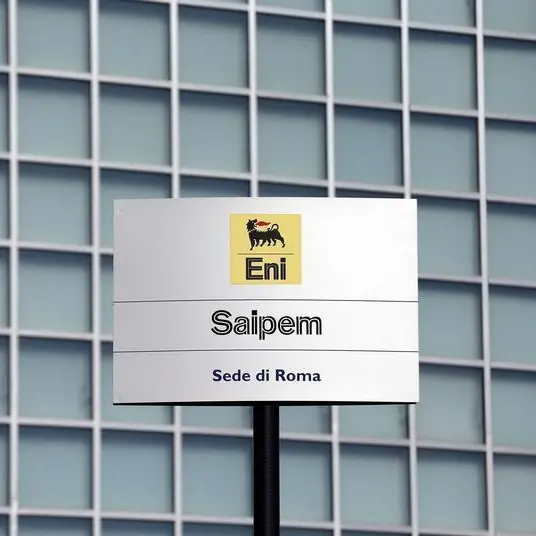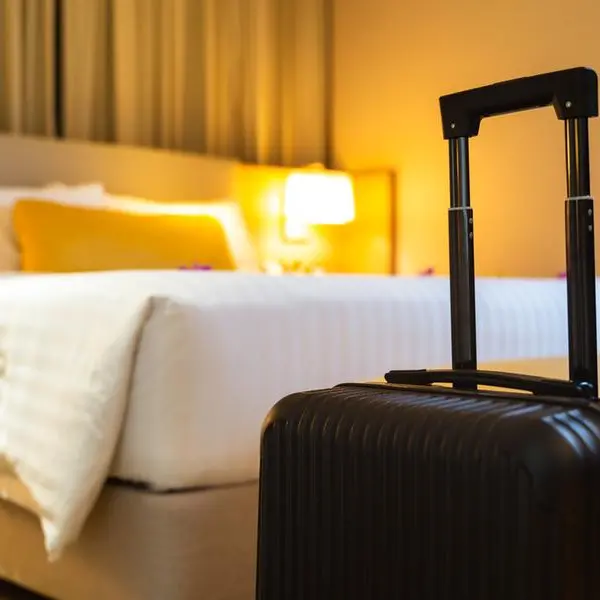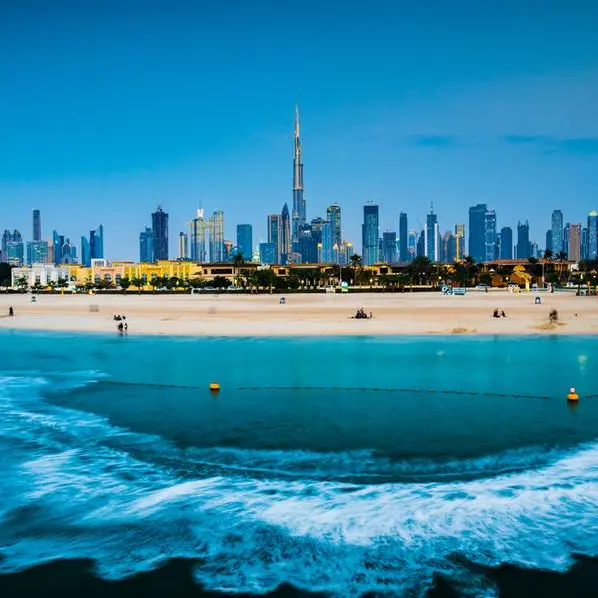PHOTO
Saudi Arabia’s healthcare sector has been a recent favourite for investors due to unmet demand for medical services, the kingdom’s growing population and foreigner-friendly ownership rules. Yet the diverging performance of two of the industry’s listed companies shows the market remains difficult, with austerity measures crimping healthcare spending.
Shares in Mouwasat Medical Care Co were up 22 percent this year as of August 7, having reported a first-half net profit of 193.9 million Saudi riyals ($51.7 million), up from 161.5 million riyals in the prior-year period. The company, which remains on track to post record annual profits for a third straight year, operates hospitals in Dammam, Riyadh, Madinah, Jubail and Qatif, with a sixth in Khobar under development.
Rival provider Dallah Healthcare Co has endured a tougher 2018, reporting a 50 percent drop in half-year profit as costs increased despite falling revenue.
So, what is the current state of the kingdom’s healthcare sector? And what are its future prospects? According to a report published in May from Bahrain’s InvestCorp, Saudi Arabia has 5.2 nurses per 1,000 inhabitants. That compares with 3.2 in the United Arab Emirates, 8.4 in Britain and 9.9 in the United States.
To expand and improve medical coverage, the government’s National Transformation Plan aims for the private sector’s share of healthcare spending to increase to 35 percent by 2020 – from a baseline of 25 percent. A 2017 decision to allow healthcare companies to be fully foreign-owned is also seen as likely to draw more investment into the country as domestic companies expand and foreign investors seek to capitalise on the country’s growing population, which will reach close to 36 million by 2022.
“For investors, healthcare is one of the good sectors, because demand does not meet supply,” said Krishna Dhanak, executive director of Alpen Capital, which also published a report on the Gulf’s healthcare industry this year.
Mouwasat gains
Shareholders should be satisfied with Mouwasat’s performance, whose recent share price increase reflects its growing profits – the company’s shares have increased in value by 20 percent since the start of 2018, trading at 91.2 riyals on August 13.
A note from Al Rajhi Capital on the healthcare provider’s half-yearly results said its sequential increase in gross margin will likely continue, describing the stock as fairly valued.
Al Rajhi Capital research analyst Yazeed Alsaqaaby said in a phone interview that Mouwasat had a strong track record in growing its revenue. “They are experienced in expansions, and their projects are on time,” he said.
Improved utilisation of its Riyadh hospital was the key driver of Mouwasat’s earnings growth, along with its expansion of specialist clinics, according to the Al Rajhi note.
“Next quarter the utilisation rate is likely to pick up for both inpatients and outpatients due to the end of seasonality factors,” the report said, indicating that more people would be in the Kingdom following the summer season. Al Rajhi’s note also said the scheduled opening of a new, 280-bed hospital in Khobar would provide new revenues.
Dallah Healthcare Co’s results missed analysts’ forecasts, yet its chief financial officer Khaled Saudi was upbeat on aconference call, saying the company’s new hospital in Riyadh’s Namar district, which opened in April, would break even within 18-24 months as expected.
He claimed the large numbers of expatriate workers leaving the kingdom – which he put at more than 1.5 million since July 2017 – had contributed to lower patient numbers, specifically at its Namar hospital.
He also blamed a squeeze on disposable income for the firm’s poor performance.
“The application of VAT and increase in gas prices meant that household costs increased, so the amount of household budgets for higher medical costs retreated, which is what we expected,” said Saudi.
He cited the new hospital’s location in the less established area of Namar as also contributing to its lower patient numbers, while employers downgrading their employees’ insurance plans as an austerity measure had also contributed to his company’s lower-than-expected profits.
The firm will nonetheless press ahead with its expansion plans, including opening another new hospital in Jeddah, which is less well served for hospitals than Riyadh, he added.
Although demand for healthcare is not yet met in Saudi, Al Rajhi’s Alsaqaaby predicted demand and supply would be balanced as soon as 2020.
Although the kingdom’s Saudisation policy of promoting locals to private sector roles ahead of expats has been a worry for workers and employers in a number of markets, including the construction sector, this issue is being addressed in the health sector, according to Alpen Capital’s Dhanak.
“Having staff to work in hospitals is a challenge any country has to face when such policies are in place, but steps are being taken to train enough people,” he said.
Alsaqaaby attributed Dallah’s profit slump to the company being less experienced in developing new facilities. “They are not used to managing expansion,” he said. “They need to concentrate on their new hospital in Namar to make it profitable.”
Al Rajhi’s note said Dallah’s 73 percent year-on-year drop in second-quarter net profit was due to lower-than-expected utilisation results at its older hospital in Riyadh’s Nakheel district, which is also currently undergoing expansion, and bigger-than-predicted expenses incurred in setting up the new one in Namar.
“Going forward, we believe the company may have witnessed its optimal operating rates for the Nakheel hospital,” Al Rajhi’s note added: “Hence, we don’t expect further growth from it until the expansion is done in 2019. Namar Hospital will gradually drive top-line growth. However, the ramp up could be slower than our projections given the overall macro environment.”
(Reporting by Imogen Lillywhite, editing by Matt Smith)
